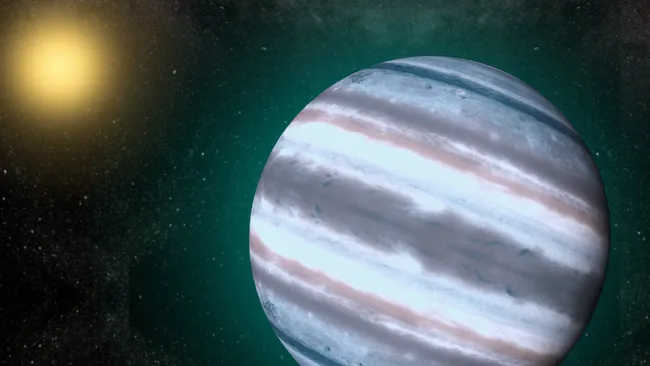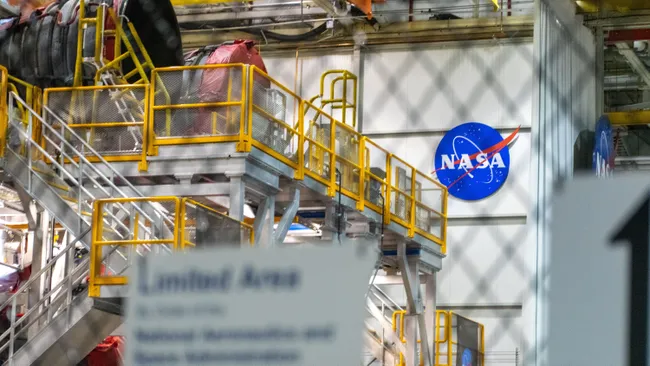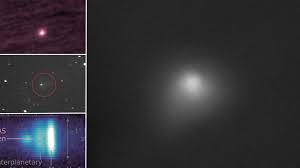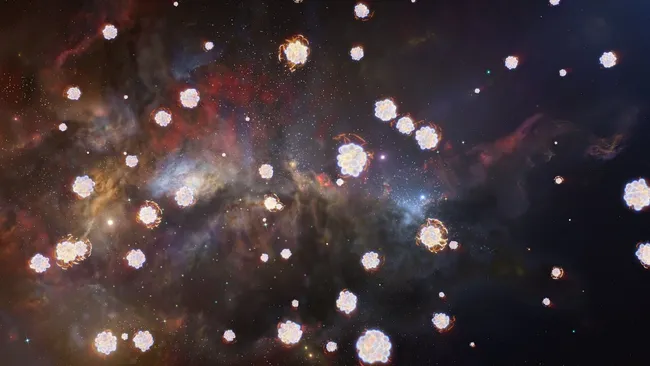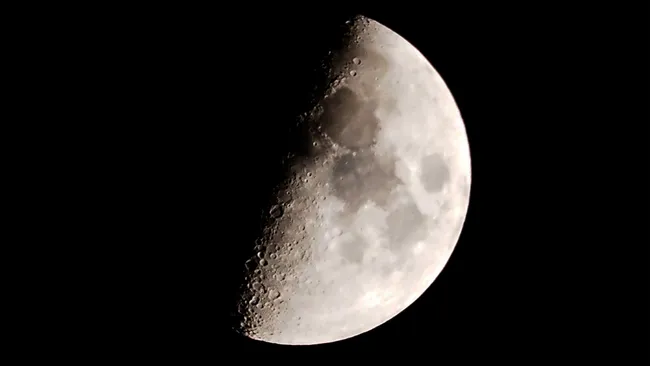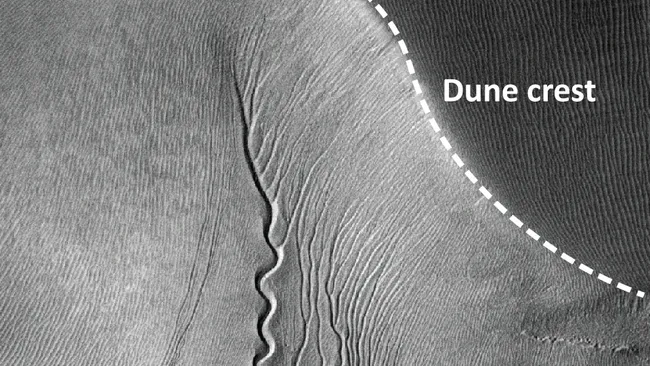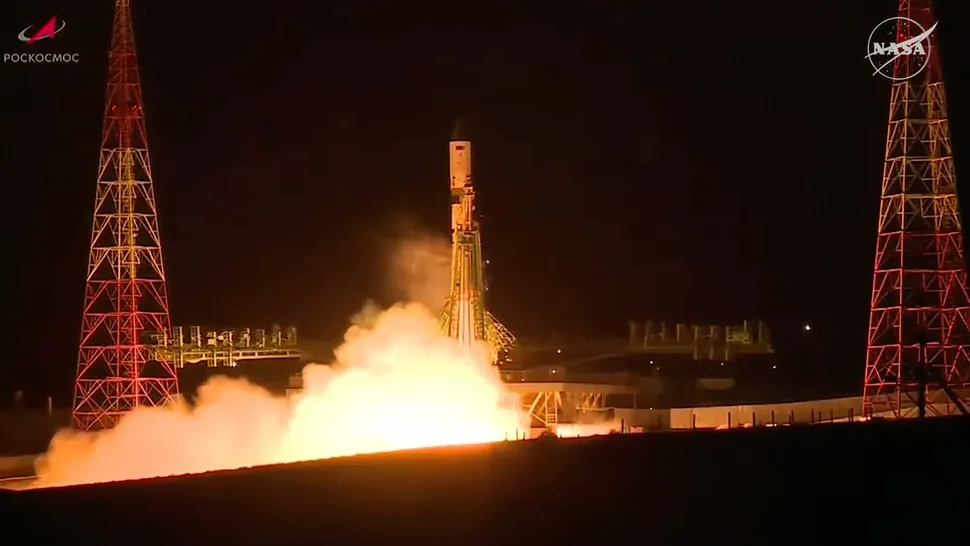Astronomers have launched a new program called ATREIDES to investigate the mysterious “desert” in space. Unlike the deserts of Arrakis from Frank Herbert’s Dune, this desert marks an absence of planets up to 20 Earth masses orbiting close to their stars—commonly referred to as hot Neptune exoplanets.
The first ATREIDES investigation focused on the TOI-421 planetary system, which shows misaligned orbits. This misalignment suggests a chaotic evolution compared to our solar system. Studying it may explain why hot Neptune exoplanets are scarce and provide insights into planetary formation.
ATREIDES Principal Investigator Vincent Bourrier from the University of Geneva (UNIGE) said, “The complexity of the exo-Neptunian landscape provides a unique window onto planetary formation and evolution.”
TOI-421, located 244 light-years away, is an orange dwarf star orbited by two planets: TOI-421 b and TOI-421 c. TOI-421 b is a scorching sub-Neptune, seven times Earth’s mass, orbiting at just 6% of Earth’s distance from the Sun. TOI-421 c, a hot Neptune, is 14 times Earth’s mass and orbits at 12% of Earth’s distance from the Sun, sitting in the adjacent region dubbed the “savanna.”
Bourrier emphasized, “A thorough understanding of the Neptunian desert, savanna, and ridge will improve planetary formation theories, though the universe will surely surprise us further.”
Mapping the Neptunian Desert
In the past decade, exoplanet observations revealed a more complex Neptunian landscape. Regions beyond the desert are populated with Neptune-sized worlds, called the “savanna.” Between them lies the “Neptunian ridge,” densely filled with such planets. ATREIDES aims to explain how migration shapes these populations.
Slow migrations through primordial gas disks produce aligned orbits, like those in our solar system. But high-eccentricity migration violently ejects planets, creating misaligned orbital planes. Thus, alignment is key to testing this migration hypothesis.
While ATREIDES cannot yet give conclusive answers about the Neptunian desert or planetary evolution, early research demonstrates the program’s effectiveness and offers tools for future discoveries on hot Neptune exoplanets.

